
The management and coordination of all logistical components necessary for the management and operation of a park, including as transportation, facilities, and guest services, is known as adventure park logistics. The seamless and efficient conduct of park operations, the protection and preservation of park resources, and the enjoyment of park visitors all depend on effective park logistics. In this post, we’ll go over several important aspects of park logistics and how they support effective park management.
- Transportation: Transportation is one of the most crucial aspects of park logistics. This covers every aspect, from the design of parking lots and park access routes to the management of shuttle services and bike rentals. This lessens traffic congestion and the impact on the park’s natural resources while enabling visitors to reach the area securely and effectively.
- Facilities: The management and planning of the park’s facilities is another crucial component of park logistics. This includes creating and maintaining restrooms, visitor centers, picnic sites, and other amenities required for guests’ convenience and security.
- Resource management: Managing the park’s resources, such as preserving historical sites, maintaining paths, and protecting natural ecosystems, is a part of leisure park logistics. By doing this, the park’s riches are preserved for the enjoyment of future generations.
- Visitor Services: Coordination of visitor services, such as ranger-led tours, educational programs, and special events, is another aspect of park logistics. These offerings improve the visitor experience and foster knowledge about and respect for the cultural and ecological treasures of the park.
- Emergency Management: Another crucial component of park logistics is planning and preparing for potential crises including fires, natural disasters, and medical issues. This include establishing emergency response plans, ensuring that staff is prepared to manage crises, and setting up functional communication networks.
- Data collection and monitoring: An important component of park logistics is gathering data on visitor usage, resource status, and other park operations. This enables park administrators to decide with knowledge, spot trends, and alter park operations as necessary.
A key component of park administration is the logistics of the adventure park. Park administrators may make sure that visitors have a good time and that the park’s resources are safeguarded and preserved by efficiently planning and managing transportation, facilities, resource management, visitor services, emergency management, and data gathering and monitoring.
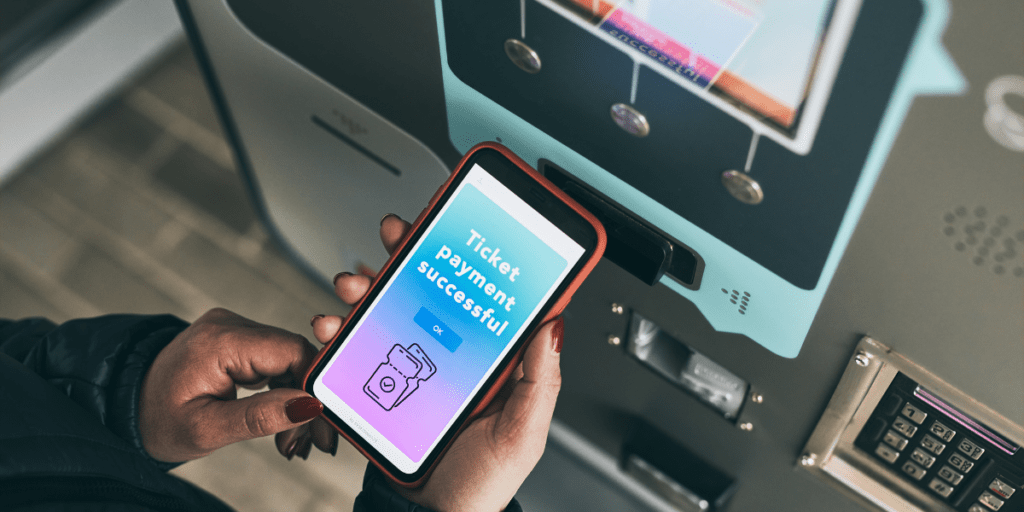
Adventure parks use efficient logistics
The process of enhancing and simplifying the many logistical components involved in controlling the flow of guests in a theme park is known as streamlining visitor logistics in adventure parks. This covers a wide range of services, including as transportation, tickets, park entrance, and more. The objective is to improve tourist efficiency and enjoyment while lowering wait times and congestion inside the park.
- Online ticketing and reservations: Setting up online ticketing and reservation systems is one technique to simplify guest management in theme parks. As a result, there are less lines and crowds at the park’s entry because visitors may buy tickets and make reservations in advance.
- Fast Pass and Express Lane systems: Setting up Fast Pass and Express Lane systems is another technique to improve visitor flow in a theme park. With the use of these systems, tourists may schedule certain ride times or bypass the line at well-liked attractions, cutting down on wait times and enhancing the entire visitor experience.
- Park entrance control: Setting up park access control systems is another technique to improve visitor flow in a theme park. This may use RFID technology and biometric identification, which aid in streamlining visitor management and enhancing park security.
- Real-time information systems: Visitors can receive the most recent information on wait times, show schedules, and other crucial details from real-time information systems, such as mobile apps and digital signs. This makes it possible for visitors to schedule their days more effectively and eases traffic in the park’s busiest parts.
- Transportation: Simplifying the park’s transportation procedures can further enhance the visiting experience. This can involve putting shuttle buses, trams, and other modes of transportation in place to make it easier for guests to get around the park.
A theme park’s visitor logistics must be improved if it is to give guests a more effective and fulfilling experience. Theme parks can decrease wait times, improve guest experience, and make the park more accessible and pleasant by integrating online ticketing, Fast Pass and Express Lane systems, park entrance control, real-time information systems, and efficient transportation.
Model for Adventure Park Logistics
A system called a “intelligent visitor logistics model” makes use of cutting-edge technology like artificial intelligence (AI) and the Internet of Things (IoT) to enhance the organization and planning of logistical components related to the travel and tourist sector. An intelligent visitor logistics model aims to give visitors a more tailored and effective experience while also advancing sustainability and economic development.
- Predictive analytics: To forecast tourist demand and optimize the distribution of resources, such as lodging and transportation, an Intelligent Visitor Logistics Model uses predictive analytics. This contributes to waste reduction and increases tourism’s overall effectiveness.
- Personalization: By presenting specialized recommendations and customized offers, an Intelligent Visitor Logistics Model uses data analysis to customize the visitor experience. In this, activities, trips, and tourist attractions may be recommended depending on the interests and preferences of the visitor.
- Real-time monitoring: To track and monitor visitor activity in real-time, an Intelligent Visitor Logistics Model makes use of IoT and other technologies. This enhances the general safety and security of visitors and enables more efficient and effective administration of resources, such as lodging and transportation.
- Automation: A visitor logistics model that is intelligent makes use of automation to speed up and ease logistical procedures like reservations and check-in. This enhances the tourism sector’s overall effectiveness and gives visitors a more seamless experience.
- Integration: An intelligent visitor logistics model integrates numerous technologies and systems, including travel, lodging, and activities, to give visitors a seamless and all-encompassing experience.
A visitor logistics model makes use of cutting-edge technologies to enhance the organization and planning of logistical components in the travel and tourist sector. An Intelligent Visitor Logistics Model can offer visitors a more tailored and effective experience while also fostering sustainability and economic growth by utilizing predictive analytics, personalization, real-time monitoring, automation, and integration.

Why is logistics so crucial in adventure parks?
Visitor logistics in Adventure parks is crucial because it helps ensure the safety and enjoyment of park guests by managing the flow of people and resources throughout the park. This includes things like managing lines for rides and attractions, directing traffic and parking, and providing information and assistance to guests. Effective visitor logistics can also help reduce wait times, improve guest satisfaction, and increase the overall efficiency of park operations. Additionally, it also helps to minimize the chance of accidents and other negative incidents occurring. All these aspects contribute to the guest’s overall experience and satisfaction, which in turn can lead to increased revenue for the park.
Several factors make a visitor logistics model crucial:
- Improving the tourist experience: A well-planned visitor logistics model can assist to speed up the check-in procedure and cut down on wait times, giving visitors a more seamless and pleasurable experience.
- Increasing security: A visitor logistics model can contain components like identification verification and access control, which helps to guarantee that only authorized people are permitted entry to the facility and enhances its general security.
- Improving resource distribution: A visitor logistics model can assist in improving the distribution of resources including parking, lodging, and staff. This can aid in lowering waste and enhancing the facility’s general effectiveness.
- Enabling data collection and analysis: A visitor logistics model often includes the capacity to provide reports and analytics on visitor activity, such as the quantity of visitors, their average stay time, and the facilities they visited. Facility managers can use this information to better understand visitor behavior and plan their future visitor management tactics.
- Improving emergency management: A visitor logistics model can also incorporate emergency management plans, which can ensure that the establishment is ready to handle crises, including natural disasters or medical events, in an effective and efficient manner.
- Promoting sustainability: A tourist logistics model can also incorporate sustainable practices including fostering local economic growth, promoting conservation, and reducing waste and pollution.
The overall visitor experience must be improved, security must be maintained, resource allocation must be optimized, data gathering and analysis must be made easier, emergency management must be improved, and sustainability must be promoted.
Throughput against the logistic model
Throughput and visitor logistics models are related in that both are crucial to controlling the flow of guests at a facility or leisure park. A visitor logistics model is a method for organizing, controlling, and planning the numerous logistical components that go into running a facility or park, such as visitor services, buildings, and transportation.
The rate at which visitors can go through and enjoy a facility or park is known as the throughput. It is a gauge of a visitor logistics model’s effectiveness and capacity to control the flow of visitors.
By lowering wait times, maximizing resource allocation, and expediting check-in and other processes, a well-designed visitor logistics model can aid in enhancing throughput. By lowering traffic and wait times at the entry and popular attractions, for instance, online ticketing, fast pass and express lane systems, and park access management can all enhance throughput.
The visitor logistics model may need to be examined and enhanced if throughput, on the other side, is low. Low throughput can cause long lines, congestion, and tourist unhappiness, all of which can eventually lower park attendance and revenue.
Throughput and visitor logistics models are closely related; a well-designed visitor logistics model can boost throughput, which can enhance visitor satisfaction, generate more money, and safeguard resources.
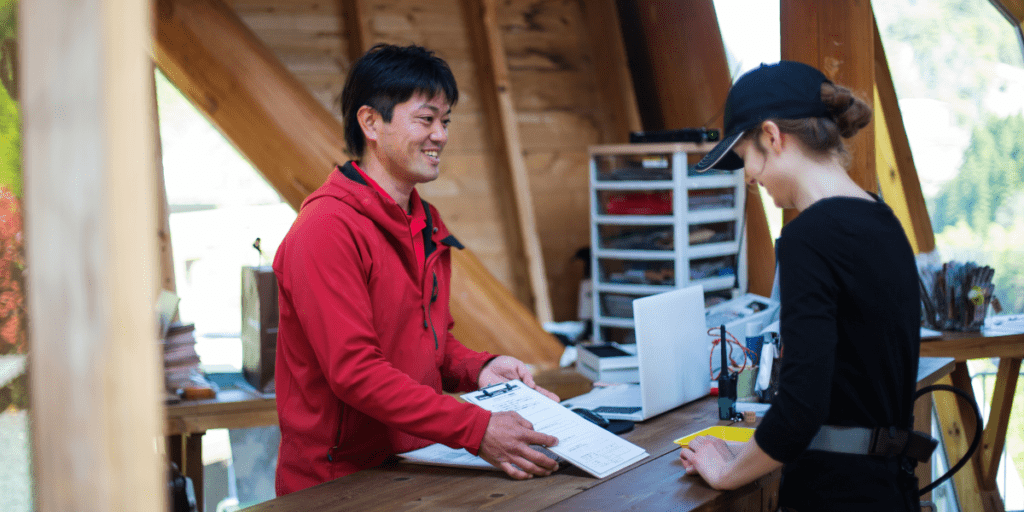
Customer Experience and Throughput Key
The rate at which visitors can move around and enjoy the park is known as throughput in adventure parks. It serves as a gauge of the park’s operational effectiveness and capacity to control visitor flow.
A park’s throughput should be determined by taking into account a number of factors:
- Wait times: The length of time guests must wait in line for rides and attractions is one of the most crucial elements in determining a park’s throughput. The throughput increases as wait times decrease.
- Capacity: Another crucial element in defining throughput is the ride and attraction capacity of a park. The more guests the park can hold, and the higher the throughput, the higher the capacity.
- Visitor flow: Another crucial element in determining throughput is the movement of visitors throughout the park. A park with poorly designed visitor flow, such as crowded paths and bottlenecks, will have reduced throughput.
- Staffing: Throughput is also influenced by the quantity of employees and how well they manage the park’s operations. Having enough workers on hand may ensure that rides and attractions are operating effectively, cutting down on wait times and enhancing tourist flow.
- Weather: The impact of the weather on throughput can be significant. Excessive heat, wind, or rain can cause rides to close and drive away guests.
- Special occasions and holidays: Special occasions and holidays might also affect throughput. Since more people visit parks on these days, it’s possible that different operational procedures are in place.
In amusement parks, visitor satisfaction measures how content guests are with their time spent there. High levels of customer satisfaction are essential for a leisure park’s success since they can encourage return visits and positive word-of-mouth recommendations.
In leisure parks, a number of factors affect patron satisfaction, including:
- Wait times: A ride or attraction’s wait periods can significantly affect visitors’ pleasure. Through the use of virtual queue systems, ride reservation systems, and other technologies, parks can decrease wait times and increase visitor happiness. The caliber of the rides and attractions is a significant component in determining customer happiness. The quality of the attractions and the upkeep of the park are crucial in meeting visitor expectations for a safe and enjoyable experience on the rides.
- Park amenities: The level of client happiness can be significantly impacted by amenities like bathrooms, food and beverage selections, and seating areas. Customer satisfaction might increase in parks with amenities that are tidy and well-maintained.
- Customer service: How well park employees treat visitors can have a big impact on their level of pleasure. Parks that can meet visitors’ expectations for helpful and amiable service will increase their patronage.
- Safety and security: Providing customers with a secure environment is essential. When a park can meet visitors’ expectations for safety and security, it will increase their level of satisfaction.
- Value for money: Visitors want to feel like they got their money’s worth, and parks that can deliver this can increase visitor satisfaction.
In conclusion, the success of a leisure park depends on the level of consumer pleasure. By minimizing wait times, offering top-notch rides and attractions, park facilities, customer service, safety and security, and value for money, parks may enhance visitor satisfaction, which will encourage return visits and favorable word-of-mouth recommendations.
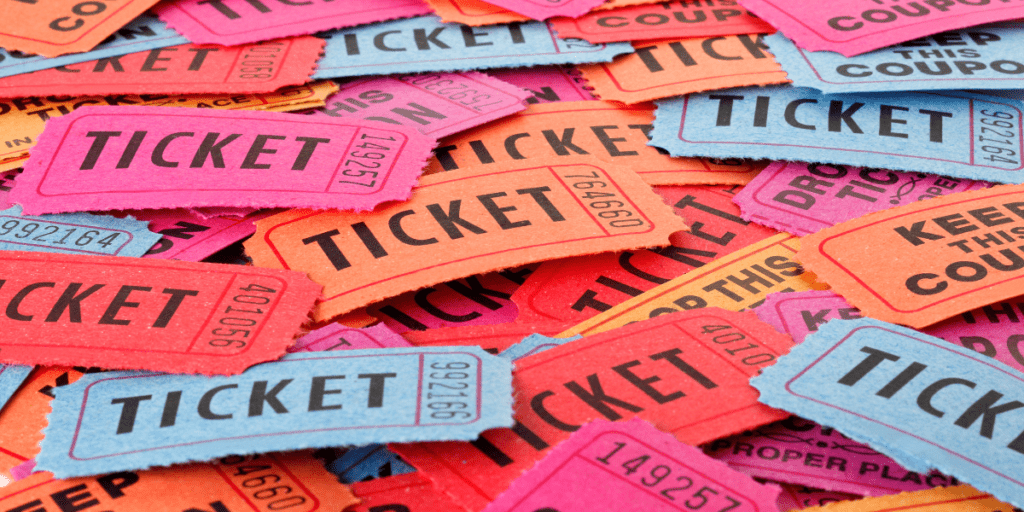
Designing a model for an adventure park’s tourist throughput and logistics
A visitor logistics and throughput model for a leisure park is a system for organizing, planning, and managing the different logistical components involved in operating the park, with a focus on providing a positive experience for visitors while also safeguarding and preserving the park’s resources and making sure that park operations go smoothly and efficiently.
This model comprises components for staffing, emergency management, park access, transportation, ticketing, and visitor flow. This methodology aims to reduce wait times, optimize resource allocation, and enhance the overall visitor experience.
The rate at which people can travel through and enjoy the park is known as throughput, on the other side. It serves as a gauge of the park’s operational effectiveness and capacity to control visitor flow. By lowering wait times, maximizing resource allocation, and expediting check-in and other processes, a well-designed visitor logistics model can aid in enhancing throughput.
As a result, the visitor logistics and throughput model is a comprehensive method for managing the flow of visitors in an amusement park. It does so by developing and putting into action strategies that are meant to give visitors a good time, protect and preserve resources, and effectively manage the park’s operations.
There are several crucial aspects to designing a visitor logistics and throughput model for a recreational park:
- Perform a park evaluation: Conducting a comprehensive study of the park is the first stage in building a visitor logistics and throughput model. Analyzing the current park layout, visitor traffic, and the ride and attraction capacity are all part of this process. The infrastructure of the park, such as parking, restrooms, and food and beverage options, should also be examined as part of the study.
- Determine bottlenecks: Following completion of the assessment, it is necessary to pinpoint operational bottlenecks in the park that are resulting in delays and decreasing throughput. Long lines for popular rides and attractions, crowded pathways, and limited parking and restroom facilities are a few examples.
- Create a plan: After locating the bottlenecks, the following step is to create a strategy to deal with them. To cut down on wait times, this can involve adopting virtual queuing systems, ride reservation systems, and park access control. Additionally, it may involve enhancing visitor flow and enlarging parking lots and restrooms.
- Implement technology: Make use of technology to enhance the tourist experience, such as smartphone apps that let people reserve rides and buy tickets in advance, as well as digital signage that shows wait times and show times in real-time.
- Monitor and evaluate: It’s crucial to monitor and evaluate the visitor logistics and throughput model once it’s in place. This entails monitoring visitor flow and wait times as well as getting customer feedback. The model can be modified as necessary using this information.
- Workforce and Training: To maintain the efficient functioning of the park and to give guests a wonderful experience, adequate staffing is essential. Staff members should receive training on how to answer questions from visitors and offer them information and assistance.
Finally, designing a visitor logistics and throughput model for a leisure park entails conducting a park assessment, identifying bottlenecks, creating a plan to address them, putting technology into use, monitoring and measuring the model’s effectiveness, and making sure there is enough staffing and training. These actions can help a leisure park enhance the tourist experience, boost earnings, and safeguard resources.
Gearing Up for Success: Expert Insights on the Adventure Business
The adventure business is booming, offering thrilling experiences and fostering a love for the outdoors. But navigating this exciting industry requires knowledge and expertise. To delve deeper and gain valuable insights from seasoned professionals, explore our additional resources below…
- How to startup a Successful Zip Line Business
- Implementing a Safety and Quality Management System
- ROI at Climbing Walls and Family Entertainment Centers
- Using Technology to Make Your Climbing Gym Accessible and Inclusive
- The Secret to Better Resource Management and Customer Satisfaction
- Every modern climbing gym should have these 5 features
- Considerations when designing ropes courses and adventure parks
- Leading the Way in profitable and safe climbing
- Increase Revenue and Customer Satisfaction for Family Entertainment Centers
- Creating Value for Customers by Using an Auto Belay
- Adventure parks’ logistics essential to customer satisfaction, TO, and ROI.
- Drive Revenue and Customer Satisfaction with Auto Belays
- Considering operating and investing in a zipline?
- Competitive Advantage of an Auto Belay
- Why using Auto Belays Boosts your Business
- ROI at Climbing Walls and Family Entertainment Centers
- Everything You Need to Know about Buying Auto Belays
-
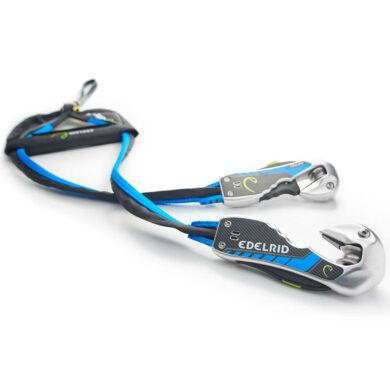 Edelrid Smart Belay X | Magnetic Locking Mechanism€ 420,00 – € 485,00 Ex VAT
Edelrid Smart Belay X | Magnetic Locking Mechanism€ 420,00 – € 485,00 Ex VAT -
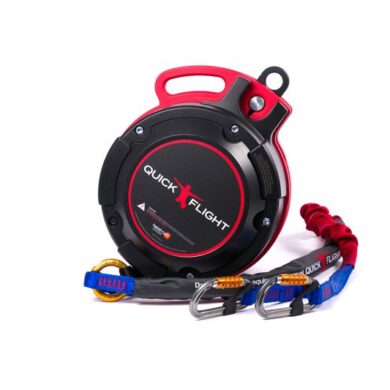 QuickFlight Free Fall Device | 6 – 15,3 meter€ 4.249,00 – € 4.549,00 Ex VAT
QuickFlight Free Fall Device | 6 – 15,3 meter€ 4.249,00 – € 4.549,00 Ex VAT -
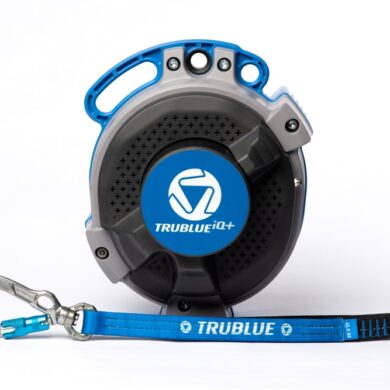 TRUBLUE iQ Auto Belay | 4,5 – 20 meter€ 2.799,00 – € 2.999,00 Ex VAT
TRUBLUE iQ Auto Belay | 4,5 – 20 meter€ 2.799,00 – € 2.999,00 Ex VAT







